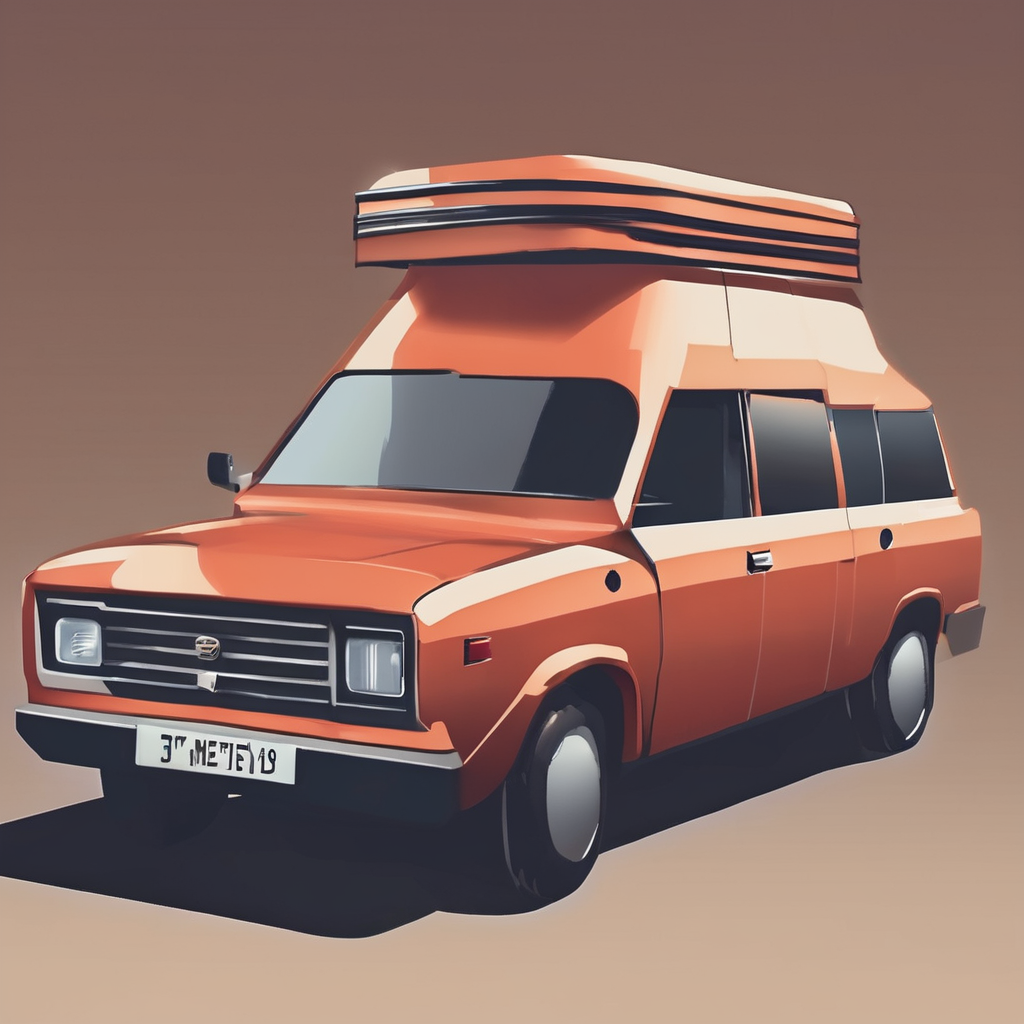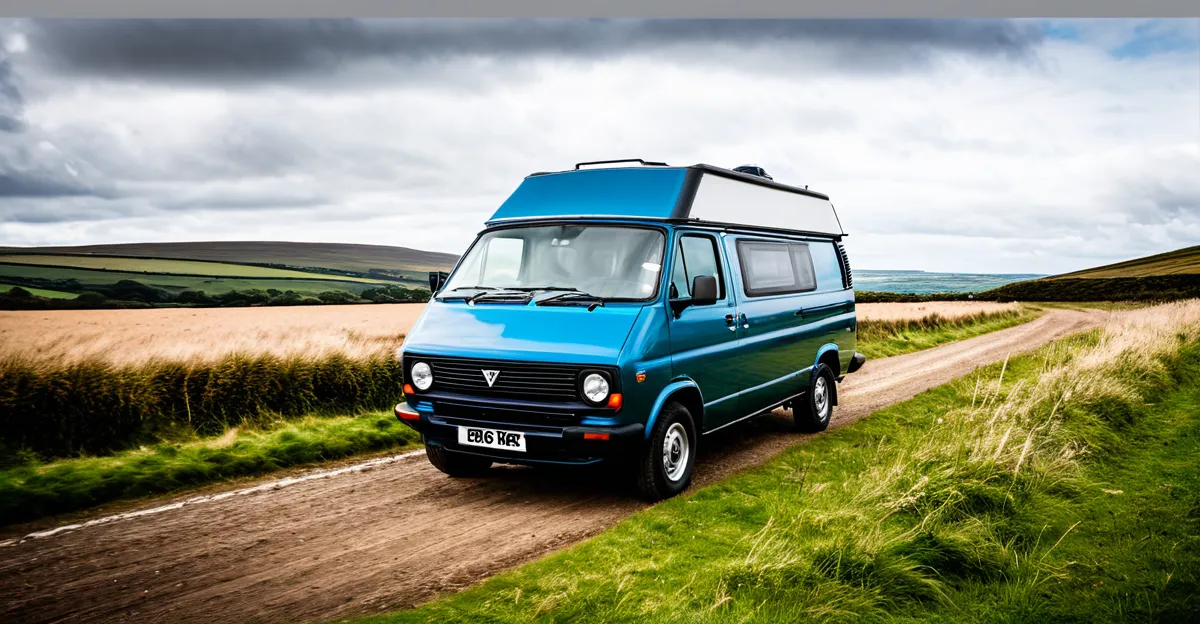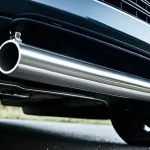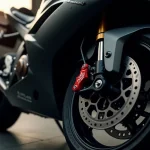Essential Legal Requirements for UK Campervan Conversions
Converting a van into a campervan in the UK demands strict adherence to DVLA campervan rules and UK van conversion laws. The DVLA classifies vehicles based on use and modifications, affecting registration and legal status. When you convert a van, you must inform the DVLA to update the vehicle classification from a regular van to a motor caravan. This ensures proper documentation and can influence your insurance premiums.
Insurance is a crucial consideration. Insurers require full disclosure of any changes made during the conversion, such as added sleeping areas or cooking facilities. Failing to comply with these legal requirements may invalidate coverage, leaving you exposed to costly risks.
In the same genre : Ultimate guide to effortless custom motorcycle registration in the uk: vital steps to follow!
MOT compliance also plays a role. Even after conversion, your campervan must pass annual MOT tests if over three years old. Components like gas appliances in the camper area must meet safety standards to pass inspection.
The reclassification process involves submitting detailed evidence to the DVLA, including photographs and specifications of the conversion. Once approved, your vehicle will receive a new logbook reflecting its campervan status, simplifying insurance and MOT compliance. Staying informed about these essential legal requirements safeguards your adventures on the road.
Topic to read : Navigating UK Noise Laws: Essential Guidelines for Vehicle Lovers Enhancing Exhaust Systems
Planning Your Campervan Layout and Space
When tackling campervan layout design, understanding the constraints of UK van dimensions is essential. Most UK campervans range in size, but typical lengths vary between 4.8m to 6.3m, with widths around 1.9m to 2.1m. This limited footprint demands precise van space planning to maximize comfort.
Start by prioritizing essential zones: sleeping, cooking, and living. An ergonomic design ensures these areas are arranged for easy access and movement. For example, placing the kitchen near the door enables ventilation and quick outdoor cooking, while situating the bed lengthwise saves floor space.
Storage solutions must capitalize on every inch without compromising usability. Think vertically: overhead lockers and under-seat storage are especially effective. UK regulations restrict modifications affecting vehicle safety, so fixed, secure storage that prevents shifting during transit is vital. Modular storage compartments can adapt to various cargo and gear types, enhancing functionality.
In short, a well-planned campervan layout blends safety, comfort, and practicality. This approach respects UK van dimensions and leverages innovative storage solutions tailored for mobile living, resulting in a camper that’s a true home on wheels.
Materials, Tools, and Preparation
Embarking on a campervan conversion requires carefully selecting campervan build materials that ensure durability, safety, and compliance with UK regulations. Insulation is a critical component; materials like sheep’s wool and recycled denim provide excellent thermal performance while being eco-friendly options. These choices not only improve comfort but also contribute to sustainable living on the road.
Essential conversion tools include a cordless drill, jigsaw, multimeter, and spirit level, which streamline installation tasks such as fitting flooring and securing fixtures. Having the right tools enhances precision and safety during your DIY van builds.
Preparation is key in making your van ready for construction. Begin by thoroughly cleaning and inspecting the interior for rust or damage, addressing any issues before installation. Applying a rust inhibitor protects the metal surfaces, while laying moisture barriers under flooring prevents dampness and ensures a durable finish.
Using eco-friendly options like bamboo or cork for flooring combines sustainability with robustness, making your campervan comfortable and stylish. Proper insulation combined with correct tools and preparation forms the foundation of a successful, compliant, and lasting campervan conversion.
Step-by-Step UK Campervan Conversion Guide
Transforming a van into a comfortable camper requires a step-by-step guide tailored to the UK van build regulations and conditions. The building process begins with planning the layout, ensuring it maximizes space and functionality.
The next crucial stage is fitting electrics. This involves installing a leisure battery, wiring for lighting, USB ports, and possibly solar panels. Correctly sizing and positioning the fuse box and switches is essential for safety and efficiency.
Following electrics, focus shifts to plumbing. Set up a water system including a freshwater tank, a greywater holding tank, and a pump to supply the sink and any shower facilities. Make sure all pipes are insulated to prevent freezing during colder months typical in the UK.
Proper ventilation is non-negotiable. Installing roof vents or extractor fans ensures airflow and helps avoid condensation, vital for comfort and preventing mold. Consider double-layer window vents for added airflow without compromising security.
Throughout the build, integrate safety features such as fire extinguishers, carbon monoxide detectors, and secure mounting for heavy items. This ensures compliance with regulations and peace of mind on the road. Following this stepwise guide simplifies the complex UK van build while prioritizing comfort and safety.
Safety Features and UK Compliance
Ensuring campervan safety in the UK means adhering closely to UK regulations, which set clear standards for vehicles on the road. Mandatory safety features include properly functioning seatbelts, effective lighting systems, and suitable tyres. These elements are essential both for compliance and for protecting all occupants during travel.
Gas and electrical safety follow strict protocols. Gas appliances must be installed and regularly inspected by registered engineers to prevent leaks or carbon monoxide risks. Electrical installations should comply with the IET Wiring Regulations, ensuring circuits are safe and protected from overload. Regular inspection and maintenance reduce the risk of faults that could lead to fires or injuries.
Fire prevention is another crucial concern. Equipped smoke and carbon monoxide alarms are legally required inside campervans. Additionally, carrying a suitable fire extinguisher becomes a precaution that can make a significant difference in emergencies.
Before taking your campervan on the road, use a legal checklist covering items like brake performance, mirrors, lights, and door locks to conduct a thorough final inspection. This helps guarantee the vehicle is safe, compliant, and ready for travel, meeting all UK standards for campervan safety.
Registration, Costs, and Final Steps
Getting your campervan road-ready and registered
Registering your campervan in the UK begins with the DVLA process, which is crucial for legal road use. After conversion, submit your application to the DVLA with completed V5C forms, supporting documents, and the appropriate fee. The DVLA then issues a new logbook reflecting your vehicle’s modified status.
Understanding van conversion costs helps in realistic budgeting. Typical expenses include materials, professional labour, electrical installations, and insulation. On average, conversion costs can range widely depending on specifications, so setting a clear budget early avoids surprises.
Don’t overlook insurance updates—inform your insurer about the conversion details. This ensures adequate coverage tailored to campervans, safeguarding you against claims related to your modified vehicle.
For road readiness, confirm compliance with safety and environmental regulations, including MOT certification, seatbelt fittings, and fire safety.
Following these final steps ensures your campervan meets all regulatory requirements, avoids fines, and presents safer travel opportunities for your adventures. This comprehensive approach to registration, costs, and compliance lays a secure foundation for your campervan journey.
Real-Life Campervan Conversion Examples and Expert Tips
When exploring real-life van conversions, it’s valuable to learn from others’ UK campervan stories. Many seasoned converters emphasize planning thoroughly before starting, which helps avoid costly mistakes often encountered during the build. For example, improper insulation or electrical installations are common pitfalls that can lead to long-term issues like condensation or power failures.
Expert advice frequently highlights the importance of choosing materials wisely. Lightweight yet durable components enhance both fuel efficiency and vehicle longevity. Experienced converters also recommend prioritizing functional layouts; this improves space utilization and livability in often compact spaces.
Real-life van conversions show that flexibility is key. Many start with basic setups and upgrade later, balancing budget and time constraints. Insights from these UK campervan stories teach new converters to test systems like water and electrical before sealing walls or floors to detect and fix issues early.
Common mistakes often involve underestimating wiring complexity or neglecting ventilation. Expert tips suggest integrating multiple power sources such as leisure batteries and solar panels for reliability. Additionally, consulting online communities provides practical support, enriching the conversion journey with diverse perspectives and tried-and-true solutions.




